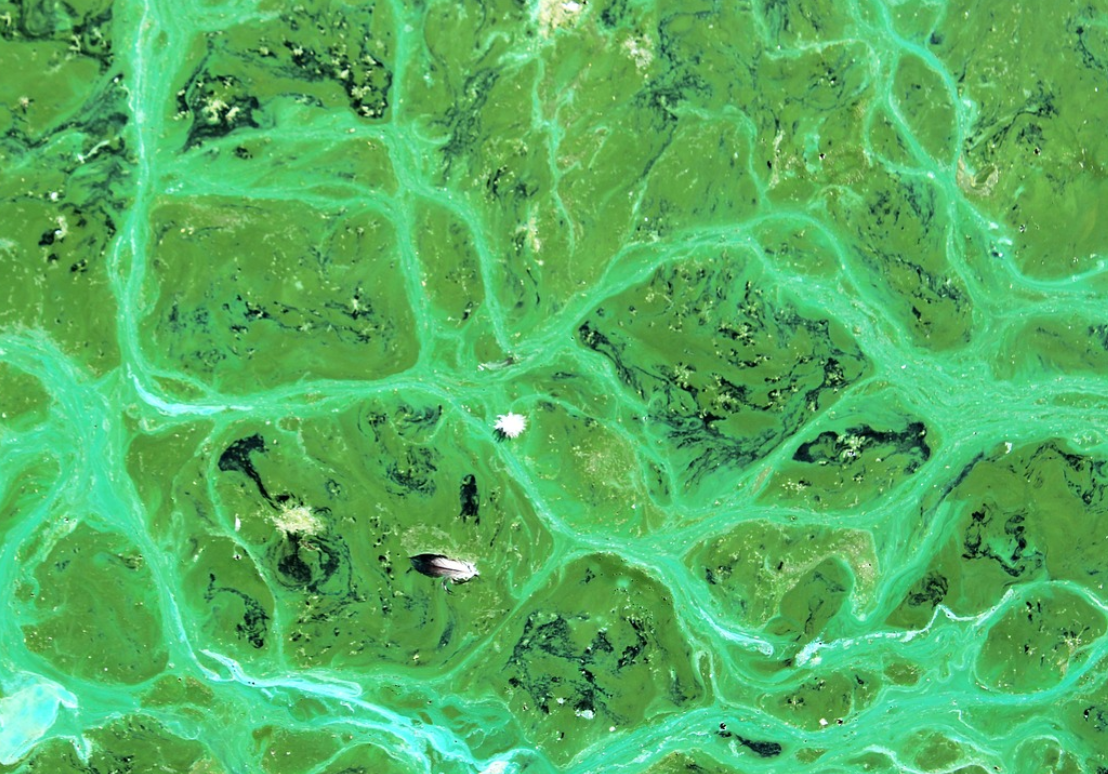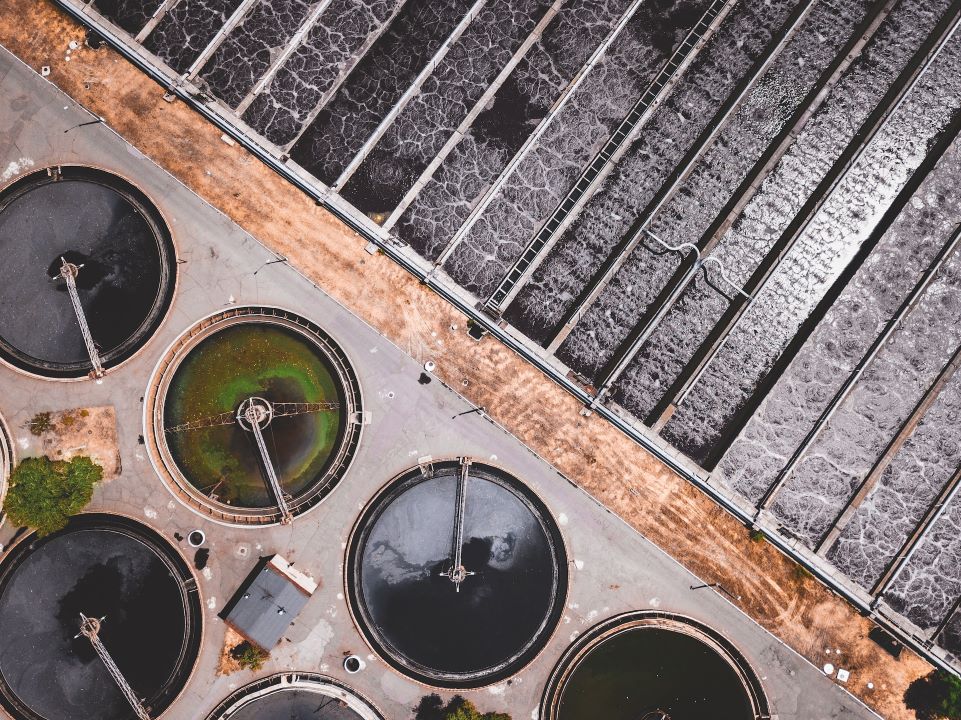Based on the experience with bacteria that can break down plastic, scientists from Mendele University, Czech Republic, want to use the potential of cyanobacteria for the same purpose in another part of the Earth – to remove plastic ocean dumps. They also want to use a genetic modification of organisms. Scientists are inspired by bacteria that can break down plastic on land.
Genetically Modified Cyanobacteria
Cyanobacteria thrive everywhere – in fresh water, soil and oceans. One milliliter of seawater contains one hundred thousand cyanobacteria cells. Thanks to their natural and rich representation, experts decided to use them by focusing on two possible approaches to using cyanobacteria to remove plastic from the water.

The first idea is based on the use of genetically modified organisms. For example, some bacteria secrete enzymes capable of breaking down plastic polymers from landfills on land. Therefore, scientists aim to transfer the genes of this type of bacteria to cyanobacteria, which would then be able to uniformly secrete the necessary enzyme from the cells and thus break down the plastic polymers into sub-components until there is practically nothing left in the water. Legislatively, however, the use of a genetically modified organism is problematic.
Slime Layer in Wastewater Treatment Plants
The researchers, therefore, also focused on a variant using cyanobacteria in their natural form. Some species of cyanobacteria are characterized by producing extremely thick slime layers. This has an interesting application potential because not only microplastics could be picked up in this way, but also other contaminants from water, for example, various microparticles and nanoparticles.

The slime layers of cyanobacteria could be used directly in sewage treatment plants, where the waste would flow through a bioreactor. This technology is affordable, as cyanobacteria and bacteria are easy to grow, but application in developing countries should not be problematic.
Plastic floating islands reach enormous dimensions; two are in the Pacific Ocean, two in the Atlantic Ocean, and one in the Indian Ocean. Waste comes from land, which is transported by rivers to seas and oceans, where waste accumulates and forms landfills. Fisheries also produce some.
Source: mendelu.cz/en/, wikimedia.org
Featured image by Josef Reischig




